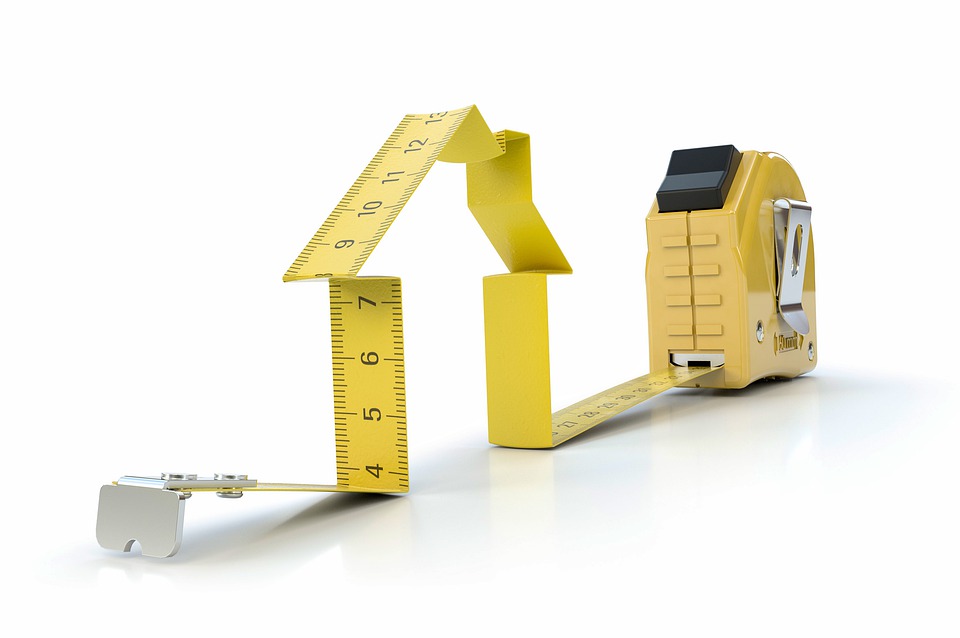In an age where environmental sustainability and financial prudence are at the forefront of societal concerns, creating an energy-efficient home has become not just a trend, but a necessity. Energy efficiency minimizes your environmental footprint while significantly cutting down on utility bills. Here’s a comprehensive guide on how to create an energy-efficient home.
1. Conduct an Energy Audit
The first step to creating an energy-efficient home is to conduct a thorough energy audit. This helps you understand where your home stands in terms of energy consumption and identify areas that need improvement. You can either hire a professional or perform a DIY audit using tools and checklists available online. Key areas to evaluate include insulation, windows, doors, HVAC systems, and lighting.
2. Upgrade Insulation
Insulation is paramount for maintaining a consistent indoor temperature, which reduces the need for excessive heating or cooling. Common areas where insulation should be checked and potentially improved include:
- Attic and Roof: Heat rises, so improving attic insulation can significantly reduce heat loss.
- Walls: Properly insulated walls can keep warmth inside during winter and outside during summer.
- Floors: Especially if there is an unheated space like a basement beneath, insulating floors can improve overall energy efficiency.
- Windows and Doors: Consider installing double or triple-pane windows. Weatherstripping and caulking can seal leaks around doors and windows.
3. Invest in Energy-Efficient Appliances
Old appliances can be energy hogs. When upgrading, look for ENERGY STAR-rated appliances, which meet rigorous energy efficiency standards set by the EPA. Key appliances to consider include:
- Refrigerators: Modern refrigerators consume far less energy than older models.
- Dishwashers and Washing Machines: Energy-efficient models use less water and energy.
- HVAC Systems: Upgrading to an efficient heating, ventilation, and air conditioning system can result in significant energy savings.
4. Optimize Lighting
Lighting accounts for a significant portion of household energy use. Here are some strategies to optimize it:
- Switch to LED Bulbs: LEDs consume up to 75% less energy than incandescent bulbs and last longer.
- Smart Lighting Systems: Use motion sensors and dimmers to reduce unnecessary light usage.
- Natural Lighting: Maximize the use of natural light through strategic window placement and the use of skylights.
5. Implement Renewable Energy Solutions
Harnessing renewable energy can drastically lower your home’s energy consumption:
- Solar Panels: Installing solar panels can convert sunlight into electricity, reducing dependence on the grid.
- Wind Turbines: If your location permits, small wind turbines can offer a renewable energy source.
- Solar Water Heaters: These can be particularly effective in sunny climates, providing a portion of your hot water needs.
6. Smart Thermostats
A smart thermostat can significantly reduce energy usage by optimizing heating and cooling. These devices learn your schedule and preferences, adjusting temperatures accordingly. They can be controlled remotely via smartphones, allowing you to make adjustments even when you’re not home.
7. Water-Saving Techniques
Heating water accounts for about 18% of energy use in a typical home. To improve efficiency:
- Low-Flow Fixtures: Install low-flow faucets, showerheads, and toilets to reduce water usage.
- Tankless Water Heaters: These heat water on demand rather than storing it, which reduces energy wastage.
- Insulate Water Pipes: Insulating hot water pipes reduces heat loss en route to faucets and showers.
8. Seal and Ventilate Properly
Proper sealing and ventilation ensure that your home remains energy-efficient without compromising on air quality:
- Seal Gaps: Use weather-stripping and caulking to seal gaps around windows, doors, and other openings.
- Ventilation Fans: Use energy-efficient ventilation fans in kitchens and bathrooms to expel humid air, improving indoor air quality.
- Balanced Ventilation Systems: These systems keep the indoor air fresh while maintaining energy efficiency by recovering heat from outgoing air.
9. Use Sustainable Building Materials
When undertaking renovations or building anew, opt for sustainable, energy-efficient materials. These might include:
- Recycled Steel and Concrete: These materials have lower environmental footprints and are highly durable.
- Bamboo Flooring: Bamboo is a rapidly renewable resource that makes for a sustainable flooring option.
- Low-VOC Paint: Volatile Organic Compounds (VOCs) can be harmful. Low-VOC paints improve indoor air quality and are more eco-friendly.
10. Landscape for Energy Efficiency
Your home’s exterior environment can significantly impact its energy efficiency:
- Plant Trees: Strategically planting trees can provide shade in the summer and shield your home from cold winds in the winter.
- Green Roofs: If feasible, a green roof can provide extra insulation and reduce the urban heat island effect.
- Xeriscaping: This involves landscaping with drought-resistant plants, reducing the need for water and the energy required to pump it.
11. Educate and Engage Household Members
Creating an energy-efficient home is a team effort. Ensuring that all household members are educated about energy-saving practices and are actively engaged can have a significant impact. Encourage simple habits like turning off lights when not in use, using appliances efficiently, and maintaining an optimal thermostat setting.
Conclusion
Creating an energy-efficient home is a multifaceted approach that involves initial assessment, strategic upgrades, and ongoing maintenance. While there might be upfront costs associated with several of these upgrades, the long-term benefits—including reduced utility bills, increased property value, and a reduced environmental footprint—make it a worthwhile investment. By incorporating these strategies, you can create a home that’s not only comfortable and cost-effective but also kinder to the planet.


